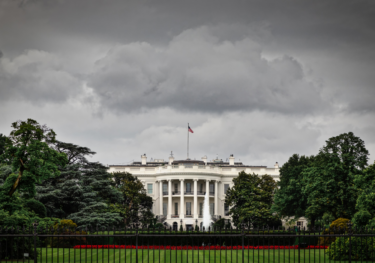Key trends for global industry in 2022
Topic: The early phase of the post-pandemic industrial expansion was exceptionally strong, but momentum waned in the second half of this year as component and raw materials shortages stymied production and raised costs. Rising backlogs and still-firm demand augur an acceleration in activity even as the broader sources of economic growth shift toward services – but supply chain constraints will linger well into next year, backloading the industrial growth profile.

Jeremy Leonard
Director of Global Industry Services

Jeremy Leonard
Director of Global Industry Services
Jeremy Leonard |Director of Global Industry Services
Jeremy Leonard is responsible for overseeing the work of the industry forecasting team and managing the operation and output of Oxford Economics’ 74-country, 100-sector Global Industry Model as well as related consultancy work. Jeremy’s knowledge and past experience span a broad range, including competitiveness and offshoring/reshoring, commodity price modelling, and applied economic research on sectors ranging from biotech to heavy manufacturing to telecoms.

Charlie Muir
Assistant Economist

Charlie Muir
Assistant Economist
Charlie Muir | Assistant Economist
Charlie first joined Oxford Economics in 2019 during a placement year that formed part of his undergraduate degree. He worked for the Data team for over a year, supporting the Industry team with all data requirements and forecasting numerous manufacturing subsectors. He then returned to the University of Bath, where he continued his studies and achieved a first-class degree in Economics. Charlie re-joined Oxford Economics in July 2021 and is now responsible for forecasting the Food, beverages & other consumer goods sector, carrying out bespoke forecasting and data development.
Related Services

Event
Frontier markets outlook: Looking for opportunities after the rally
In this webinar we will discuss which frontier markets still offer value in the wake of an extraordinary rally since October, and which have become too expensive, in our opinion. We will also offer further insights into the cases of Argentina, Nigeria, Ukraine and others.
Find Out More
Event
Economics of a second Trump presidency
Continuing our series of analyses on the 2024 election, we modeled the macroeconomic impact of a second Donald Trump presidency. If the former president wins on Election Day, he will most likely return to the White House with Republican majorities in the House of Representatives and Senate. Assuming full Republican control of government after the 2024 election, we constructed two scenarios that bookend a range of outcomes for the US economy. This webinar will discuss the results of the Trump scenarios, including for inflation, GDP, monetary policy, trade and immigration.
Find Out More